The umbrella plant is known for its luscious eight-spoke style and unique leaf markings. It is the smaller variety of the Umbrella Tree and is easy to care for. Due to its low-maintenance quality, people tend to use incorrect methods to grow it outside, damaging the plant. The most common dilemma is a suitable location and whether you can place it outside or not. Well, we have already done the research for you.
Umbrella Plant, also known as the Dwarf Umbrella Tree, can be an indoor and outdoor plant. It can quickly adapt to its environment but is said to flourish more if placed outside. Tropical countries can grow umbrella plants all year round, but if you don't reside in these areas, you need to ensure that the optimal growing conditions are met for it to thrive.
- Sunlight Exposure
- Temperature and Humidity
- Water
- Well-drained soil and Fertilizers
- Wide space area
Now that you're familiar with the basics of growing Umbrella Plants keep reading this article as we further explain the answer above. We will discuss topics and frequently asked questions that will guide you with the proper care and treatment for the plant.
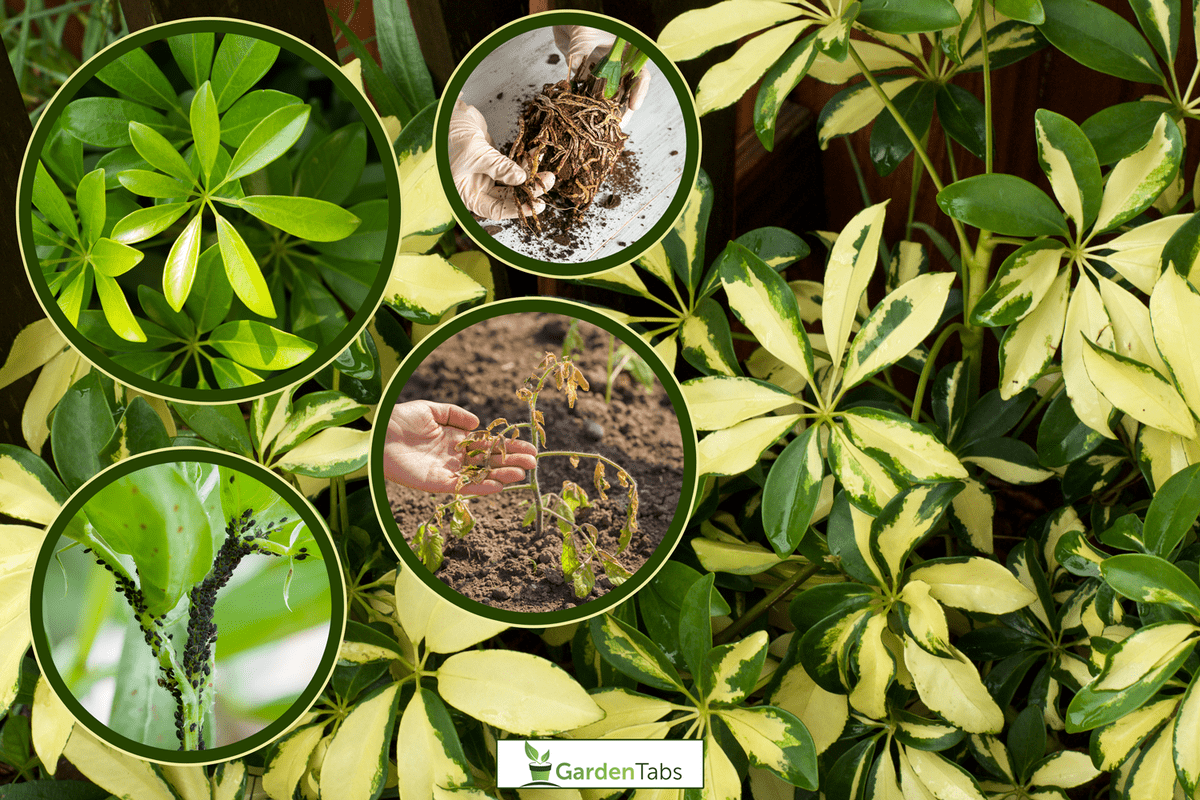
Caring for an Umbrella Plant
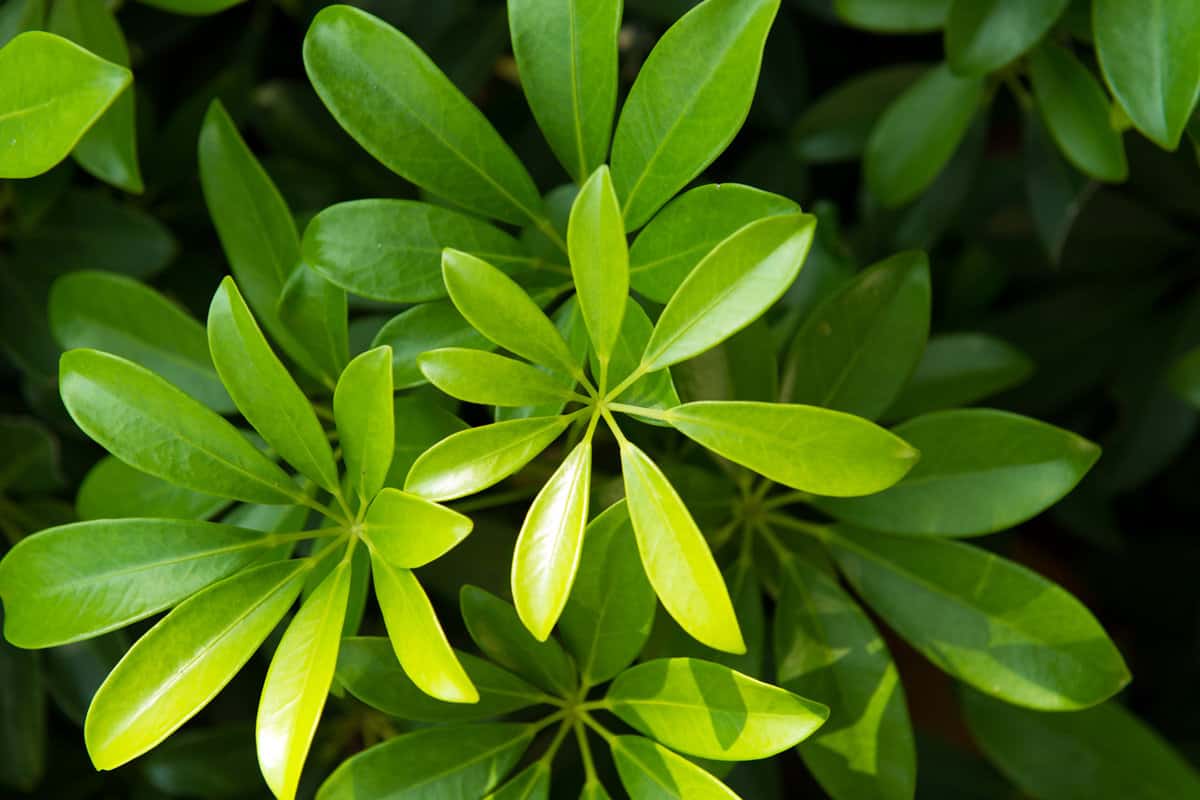
Umbrella Plant grows fast, and with proper care, it can easily be the tallest among all your plants. As previously mentioned, it is easy to care for, but there are few differences when caring for indoor and outdoor Dwarf Tree Plant.
Sunlight Exposure
Umbrella plants grow best in a light shade which means they can be placed under direct sunlight but requires afternoon shade. All-day direct sun can result in yellowed and burned leaves. If you prefer to grow it indoors, put it in a north face room where it will receive the standard hours of light needed.
It is common for one side of the plant to look better than the other. If this happens, turn the less developed part towards the sun to increase exposure. Umbrella plants quickly adapt to their living conditions, which may slow growth, but they are still healthy.
Temperature and Humidity
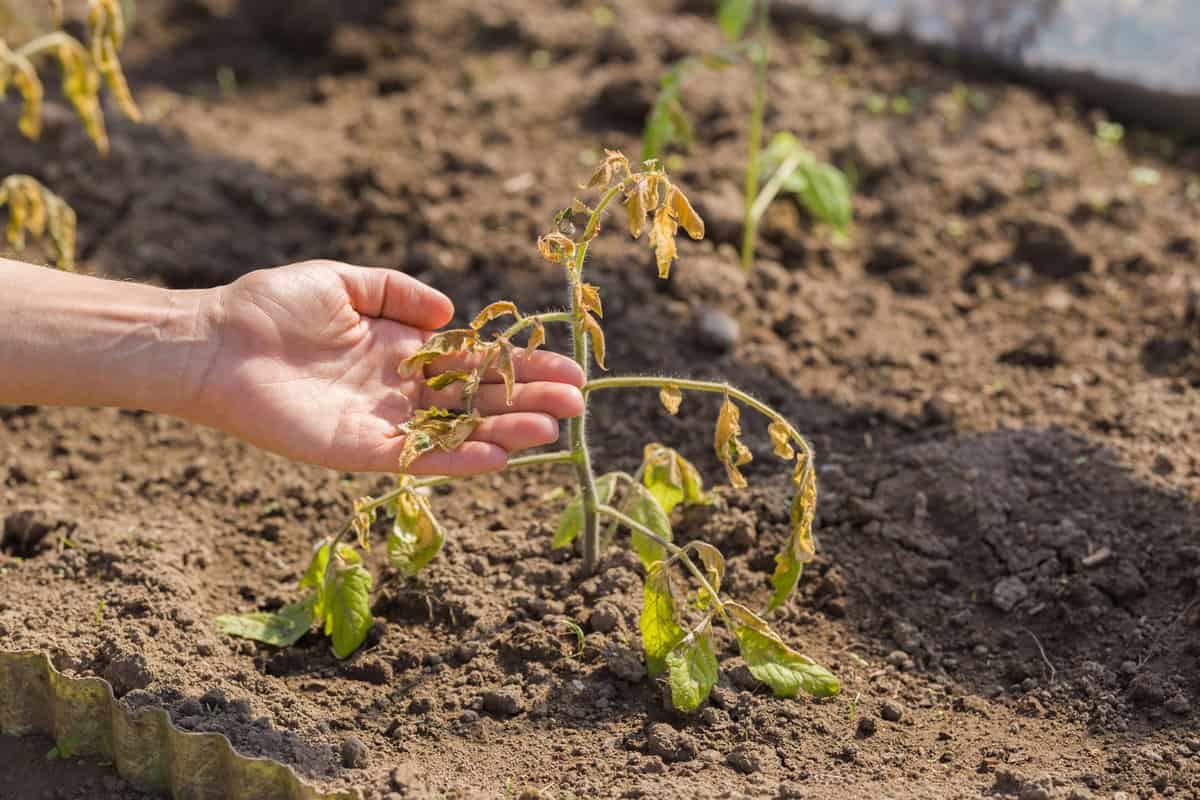
Humidity is not a big issue for this plant. The humidity level in your area will suffice; however, misting the leaves now and then is recommended if you live in arid locations.
Tropical climates or those living in USDA zones 10 and 11 can grow umbrella plants all year round. Its indoor counterpart will benefit in 55F to 75F temperature rooms for the best foliage. Knowing the kind of umbrella tree you have is best because all-green leaf variants prefer the cooler while decorative types like the mid to warmer end.
Water
Outdoor and indoor Umbrella Plant follow the same watering rule; water thoroughly but allow it to dry before watering it again. Keep the soil moist during the growing season but lessen it when winter hits. It is more tolerant with underwatering than overwatering; empty pot saucers for excess water to avoid "wet feet."
Well-Drained Soil and Fertilizers
Well-drained soil is a common requirement for growing many kinds of plants. It is essential that the outdoor planting area does not flood quickly and is not constantly wet; otherwise, the root will rot. Since umbrella plants are heavy feeders, leave a thick layer of compost once in a while, especially during spring.
Use a peat-moss-based pot as the home for your household plant. If this is unavailable, use any pots or containers with efficient drainage holes. Repot every spring or when you notice roots peeking out of the potholes or cracks. For faster growth, feed your household plant with diluted standard fertilizer.
Wide Space Area
Plants are known to grow relative to the size it lives in. This means that if it's a big plant housed in a small pot, it won't grow to the standard size and vice versa. Dwarf Umbrella Tree can grow 26 to 30ft tall if planted outside, but it is limited to 8 to 10 feet if placed indoors. This may seem like a prominent figure for a dwarf plant, but a native Umbrella Tree can reach 50 ft, especially in its natural habitat.
Give it ample space or a large deep pot for the roots to grow. Repot and relocate every spring or when you think it has outgrown its home. You may also restrict its height and growth by reducing the frequency of repotting. This plant can be pretty top-heavy and may need a stake to support the stem and prevent bending.
Common Problems of Umbrella Plants and How to Deal With It
You may encounter issues that will affect the appearance and growth of your Umbrella plant. It can be in the form of pests or diseases which can infect your other plants. It is best to familiarize yourself with these things to prevent them from spreading throughout your garden.
Root Rot
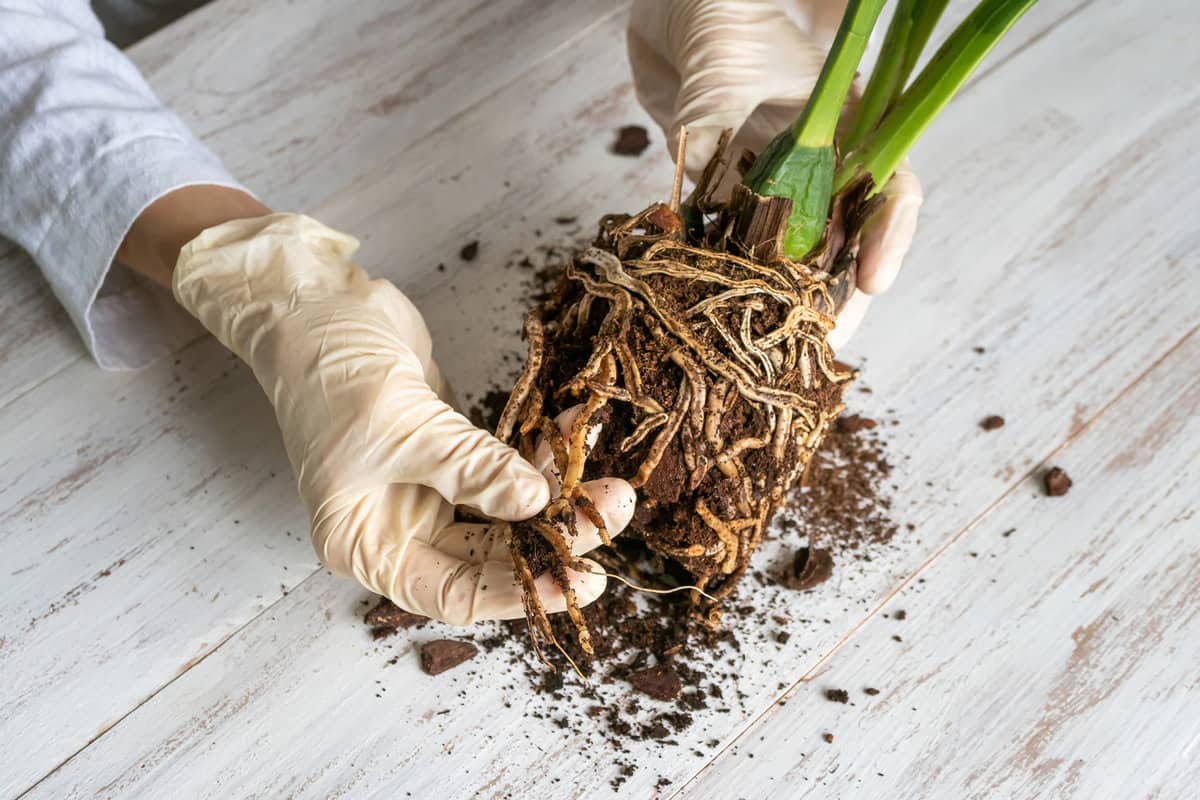
This occurs when your plant receives too much water or is constantly exposed to heavy moisture. You can easily prevent this by ensuring the pot has a drainage hole and the outdoor plant area is not easily flooded. In case a root did rot, immediately cut off the infected area and repot the plant.
Fungal and Bacterial Leaf Spots
An infected plant will show black and brown spots on the leaves and will eventually die. Fungal Leaf spots are contagious and can spread to nearby plants. As soon as you notice this symptom, remove the infected leaves and dispose of them away from greeneries to prevent them from spreading.
Bacterial Leaf Spots are treated the same way as Fungal Leaf Spots. It should be immediately taken care of and disposed of. The only difference between the two is that bacterial spots show yellow spots instead of brown and black.
Pests
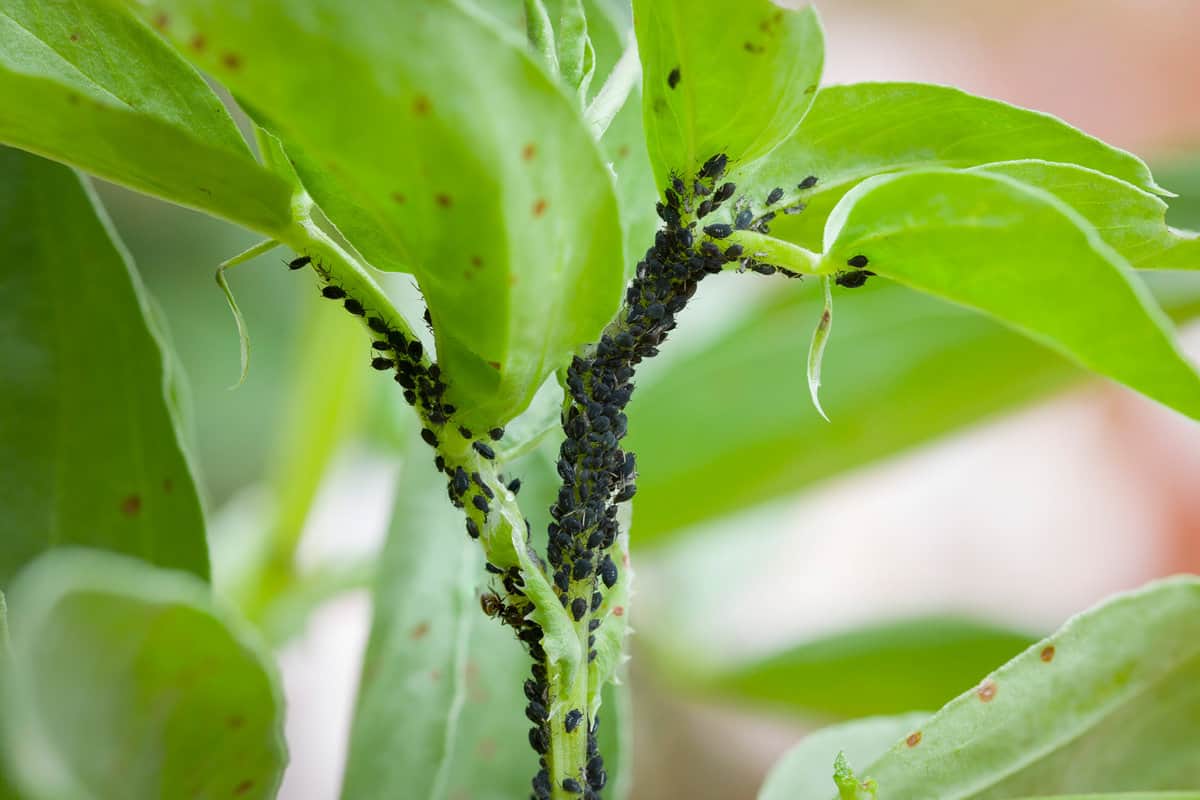
If you notice spider-like webbings around the stem and over or under the leaves, you can bet Spider Mites are the culprit. Wipe away the webbings and apply a thin layer of diluted horticultural oil to the plant. Repeat both steps as needed until the mites are gone.
Another usual suspect for Umbrella plant pests is Aphids. These pests leave white sticky deposits all over the plant. Treat it with a broad-spectrum pesticide and raise the humidity level to prevent it from returning.
Soot or Mold
Gray or Black powdery mold covering leaf surfaces will hinder sun exposure. Wipe the leaves with a clean damp cloth and look out for aphids infestation as it can trigger the problem.
Leaves Dropping
Droopy leaves can be caused by watering, temperature issues, or even both. Dry, limp leaves characterize underwatered plants and bending stems in contrast to overwatered, wherein the leaf detaches itself and drops. You may also notice that part of the plant is dead, and the roots are black or brown.
If regularly exposed to cold temperatures, Umbrella plants will also show droopy and discolored leaves. You may also notice the slow or lack of growth.
Frequently Asked Questions
How To Propagate Umbrella Plants
You can quickly grow a new Umbrella plant by using your existing one. For healthy seedlings, do the propagation during spring or growing season.
By Cutting
- Cut a new stem or the part that is in direct contact with the soil
- Dip the end in rooting hormone
- Plant it in moist soil away from direct sunlight
- Cover the entire stem with a loose plastic bag to increase humidity
By Air Layering
Air Layering is almost similar to the Cutting method, but instead of roots growing in the soil, you'll grow one from the plant itself.
- Wound the stem by scraping off the outer skin until the inner layer is exposed
- Apply rooting hormone to the exposed area
- Wrap it with a moist gauze or sphagnum moss
- Cover the wrap with plastic to retain moisture
- Unwrap the plastic when you notice roots growing
- Cut the stem from the base where the new root is growing
- Plant it
Are Umbrella Plant Poisonous
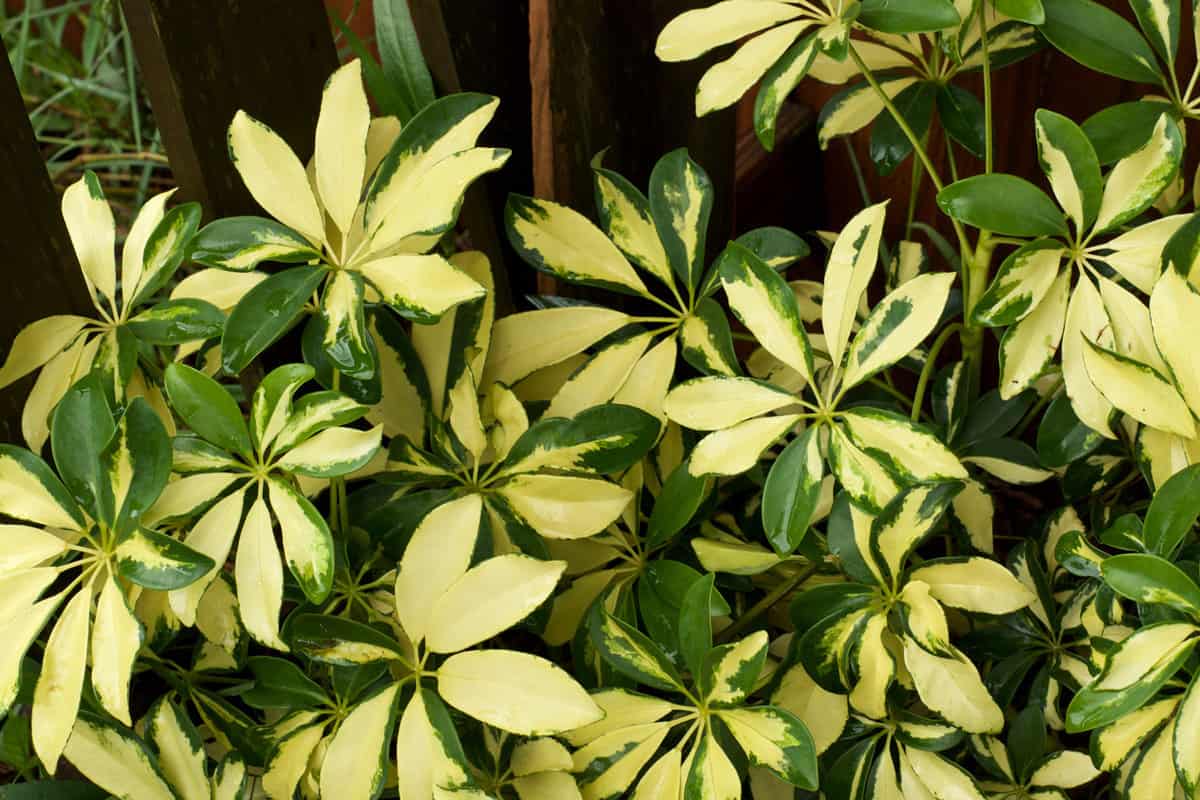
Umbrella Plants contain calcium oxalate, which is very harmful to the body. It is extremely fatal when digested, especially for pets and children.
Call emergency services or rush to the nearest hospital if this happens. Signs of Calcium Oxalate poisoning are:
- tongue and lips swelling
- drooling
- diarrhea
- Cardiac arrhythmia
Keep your Umbrella plants out of children's and pets' reach. Place it high up the ground, or grow it outside.
Conclusion
The Umbrella plant is perfect for beginners; it doesn't require round-the-clock monitoring and will survive in almost any environment. Aside from its low-maintenance attribute, it can help improve air quality. This plant is not known for blooming, but other variants still produce vibrant-colored flowers. But, even on its own, it is still beautiful and a great addition to your foliage.
You might also want to check out these related articles as it may contain helpful information for your gardening projects.
15 Best Fast Growing Flowering Shrubs For Shade
